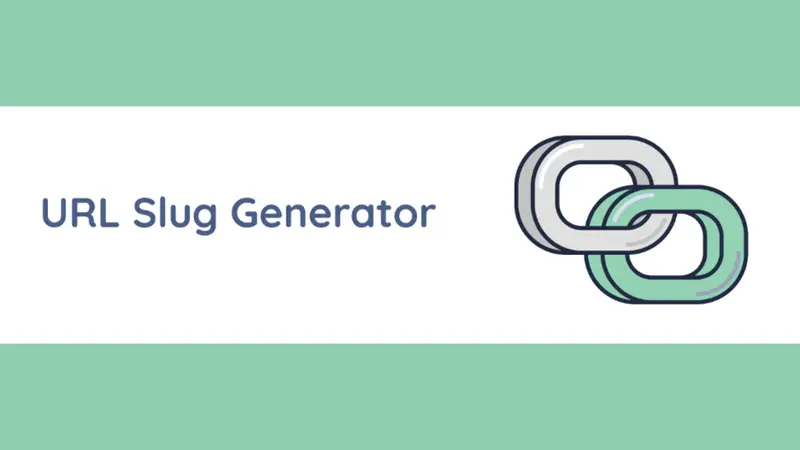Craft seamless websites with the intuitive HTML Editor, simplifying coding for both beginners and pros.
HTML Editor
So, you’ve decided to dive into the web development world, and you keep hearing about this mysterious thing called an HTML editor.
Don’t worry; it’s not some magical tool wielded by coding wizards.
In fact, it’s your trusty sidekick in crafting the digital wonders we call websites. Let’s unravel the secrets of the HTML editor, explore its features, and demystify the process of web creation.
Key Takeaways
- Your HTML editor is your creative playground for crafting web wonders.
- Features like syntax highlighting and live preview make coding a breeze.
- Choose an editor based on your skill level, preferences, and collaboration needs.
What’s in Your Toolbox?
Understanding the Basics
Before we jump into the nitty-gritty, let’s get the basics straight.
An HTML editor is a software tool that assists you in writing and editing Hypertext Markup Language (HTML) code—the backbone of web pages. It’s like your coding playground, where you unleash creativity and turn ideas into pixels.
Features Galore
Table 1: Popular HTML Editors
| Editor | Platform | Notable Features |
|---|---|---|
| Visual Studio Code | Cross-platform | Intuitive Interface, Extensions |
| Sublime Text | Cross-platform | Speed, Multiple Cursors |
| Atom | Cross-platform | Open Source, GitHub Integration |
| Brackets | Cross-platform | Live Preview, Preprocessor Support |
Your HTML editor is more than just a text area. It’s where you’ll find features like syntax highlighting, auto-completion, and live preview, turning coding from a chore into a creative journey.
Unleashing Creativity with HTML Editors
Choosing the Right Tool
Table 2: Key Considerations for Choosing an HTML Editor
| Consideration | Description |
|---|---|
| Ease of Use | Intuitive interface for beginners or robust features for experts |
| Customization | Extensibility and the ability to tailor the editor to your needs |
| Compatibility | Cross-platform support for flexibility |
| Collaboration | Features supporting team collaboration and version control |
Your choice of HTML editor can make or break your coding experience.
Consider factors like ease of use, customization options, compatibility, and collaboration features to find the perfect fit for your needs.
How to Use The HTML Editor 🛠️
So, you’ve got this intriguing XML HTML Editor in front of you, and you’re itching to unleash your creativity on the web.
Fear not, fellow coder!
Using this tool is as easy as pie. Let’s break it down into simple steps:
Step 1: Familiarize Yourself
Take a moment to familiarize yourself with the editor’s layout. Notice the Visual Editor and the HTML Editor sections. The magic happens here!
Step 2: Visual Editor Magic
- Add Elements: Click on the buttons like Button, Select, Input, etc., in the Visual Editor section to add HTML elements effortlessly.
- Undo and Redo: Made a oopsie? No worries! Hit the Undo or Redo buttons to fix or redo your last action.
- Clear Canvas: Need a fresh start? Hit the Clear button to wipe the slate clean.
Step 3: HTML Editor Brilliance
- Enter Your Code: In the HTML Editor section, enter your HTML code like a boss. The tool has got your back.
- Update Visual: Click on Update Visual to see your HTML masterpiece come to life in the Visual Editor.
- HTML to Visual Sync: Want to go the other way? Make changes in the Visual Editor, then hit Update Text to sync it back to HTML.
That’s it! You’re now equipped to weave digital wonders with your HTML Editor. Ready, set, code!
Got questions or tricks up your sleeve? Drop them in the comments! 🚀
Now, let’s dive into some burning questions you might have about HTML editors.
Frequently Asked Questions
What is the difference between a text editor and an HTML editor?
A text editor is a basic tool for writing and editing plain text, while an HTML editor is specifically designed for creating and editing HTML code.
HTML editors often provide features like syntax highlighting and live preview, catering to web development needs.
Do I need to be a coding wizard to use an HTML editor?
No wizardry required! HTML editors are designed for all skill levels.
Whether you’re a beginner or an experienced developer, these tools offer features that enhance your coding experience.
Can I use any HTML editor for web development?
Absolutely!
There’s no one-size-fits-all answer. The best HTML editor for you depends on your preferences, skill level, and project requirements.
The one above works super well.
Are there free HTML editors available?
Yes, many HTML editors are free and open source.
Visual Studio Code, Atom, and Brackets are popular choices with robust features and a price tag that won’t break the bank.
How do I choose the right HTML editor for me?
Consider factors like ease of use, customization options, compatibility, and collaboration features.
Choose an HTML editor that aligns with your preferences and project requirements.
Can I use an HTML editor on a Mac if I started coding on a Windows PC?
Most HTML editors are cross-platform, meaning you can seamlessly switch between operating systems.
Your coding journey is not bound by the choice of your device.
Do HTML editors help with debugging my code?
Absolutely! Many HTML editors come equipped with features like syntax checking and error highlighting, making it easier to spot and fix coding errors.
Can I use an HTML editor for languages other than HTML?
Yes, indeed! While primarily designed for HTML, many editors support multiple programming languages.
This versatility makes them valuable tools for various development projects.
Wrapping Up
And there you have it, a glimpse into the world of HTML editors.
These tools aren’t just for the coding elite; they’re for everyone ready to embark on a web development adventure.
So, pick your editor, write your code, and let your creativity flow. Happy coding! 💻✨
What’s your go-to HTML editor, and why? Drop your thoughts in the comments below!
License:
Made by Joe Gaffey (https://codepen.io/joegaffey/pen/RgQJap)


